We don’t come in peace
4X (Explore, Expand, Exploit, Exterminate) space strategy games have been all over the place, and recently we’ve had Sins of a Solar Empire to tackle the real-time side of the genre. It’s been awhile since we’ve had a good turn-based galactic empire builder, and Horizon is hoping to scratch that itch for you.
Earth has made first contact with aliens, and it’s time to expand and become a part of the galactic community. Meet your neighbors, colonize planets, and wage war for total domination. It has a bit of a classic ’90s PC game vibe, with chunky 2D graphics during gameplay and low-quality 3D cutscenes, but fans of 4X space games should feel right at home with that.
Horizon (PC)
Developer: L3O Interactive
Publisher: Iceburg Interactive
Released: July 2, 2013 (Early Access)
MSRP: $24.99
Space, the final frontier. One of the last places to be exploited. Horizon will give you a chance to reach out and take over your very own chunk of space, and it all happens with turn-based gameplay. In concept, the game is very similar to Sins of a Solar Empire, but the switch to being turn-based makes it feel like a very different game. It’s a much slower-paced, requiring the player to be much more methodical with their approach. This could be a good thing for some players, but most 4X games tend to have a lazy pace, so being slower makes it feel sluggish.
The game starts off slow, with a lot of clicking on “end turn” without doing anything. This can happen early on in any turn-based game when you start out with nothing, but it didn’t seem to go away. Even after I had a few systems with ships and buildings under construction, I felt like I would queue up ten turns of actions, and then hit the “end turn” button for a bit until something else was done. The whole pacing feels odd, and I wish there were more things for me to be actively doing.
The main screen shows a map of space, with a grid of sectors on it. These sectors are either empty space, or they have a solar system in it that you can interact with. These systems have planets you can colonize, and they will serve as the points that you fight over with other factions.
Clicking on one of the systems on the main map will bring up a list of planets on the right side of the screen, with icons showing if any factions are present on each planet. By clicking on these planets, you can bring up the production queue and see details such as income and how much food people need. Buildings and upgrades can be added to any colonized planet to increase things like production or income, but you have limited upgrades so you have to specialize if you want to get the max performance out of one type of building on the planet. No one planet can be the best at everything — you’ll have to spread out and develop specialty planets if you want to really grow your empire.
Combat starts when there are at least two factions in the same system. After the main turn is completed, you’ll be brought to a grid laid out over the system where the battle occurs. Each turn every ship can move and fire, which makes it streamlined and easy to play. The combat is capped to 20 turns before you’ll have to wait until the next main turn to continue the fight. The combat is my favorite part of Horizon. It pays attention to details like directional shield damage, ship facing, missile speeds, and ship-to-ship boarding.

Research is accessed from the main map screen, and it’s broken up into categories with different items that you can research. When you start, your research is spread out evenly across all categories and items, which means it will take a few hundred years to discover anything. You can pick an item in each category to focus research on, and then further zone in on that item by focusing on the one category that item is in.
The main map screen doesn’t easily show information about the game. After each turn you can get a notification about events that happened, but this information is mostly related to things that are completed. There isn’t a quick way to see progress on construction or research, which are both essential factors in a strategy game like this. To see research progress, you have to go into the research menu. To see construction progress, you have to go to the planet where the construction is happening. This might seem like a small complaint, but I found myself clicking around a lot more than I felt should be necessary. This could be easily fixed with some interface tweaks in the future.

Horizon feels like an homage to something made circa 1999, with mechanics and pacing to match. On the one hand, I really like parts of this, because that was a fantastic era. The pacing feels very different from modern games, and a part of me really enjoys the variety it offers. I don’t want all of my games to feel the same.
On the other hand, the interface and menus feel dated, and that’s something that doesn’t stir up feelings up nostalgia. Today’s interfaces are easy to navigate with lots of easy to see information, and that’s something that even retro-inspired games should try to embrace. It makes playing the game easier, and more enjoyable. Once you have played something like Civilization V which has an insanely intuitive interface, it’s hard to accept something that feels dated.
The interface isn’t game-breaking, it’s just awkward. The gameplay is slow at first, but isn’t slow enough to make it unbearable. The core mechanics and depth are good, and they make Horizon a solid game despite the sluggish gameplay and cumbersome interface, which are both things that could be improved as it gets closer to full release.

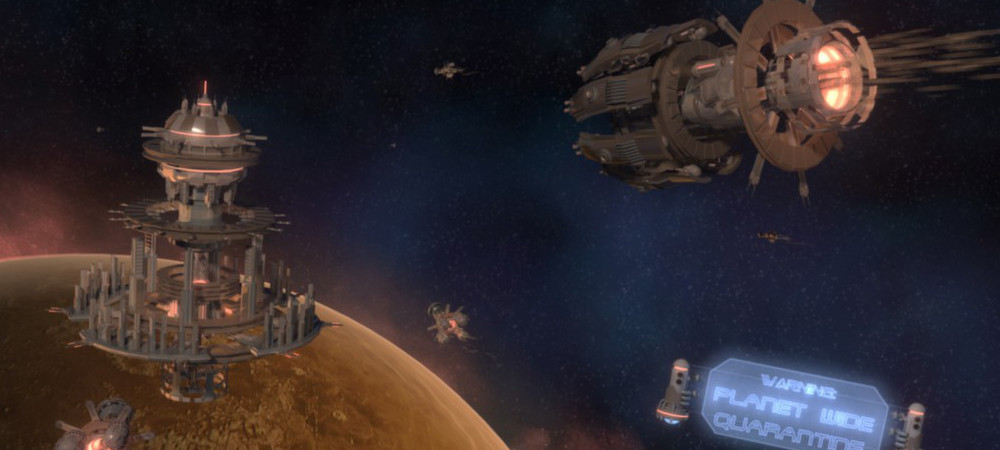




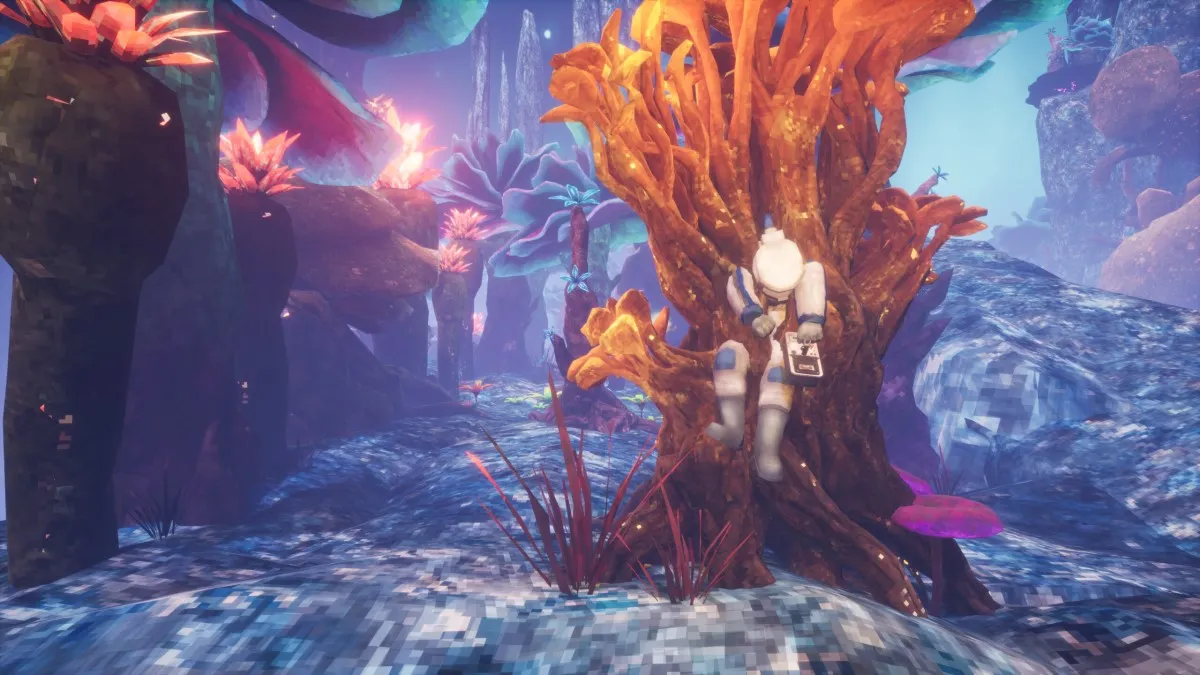
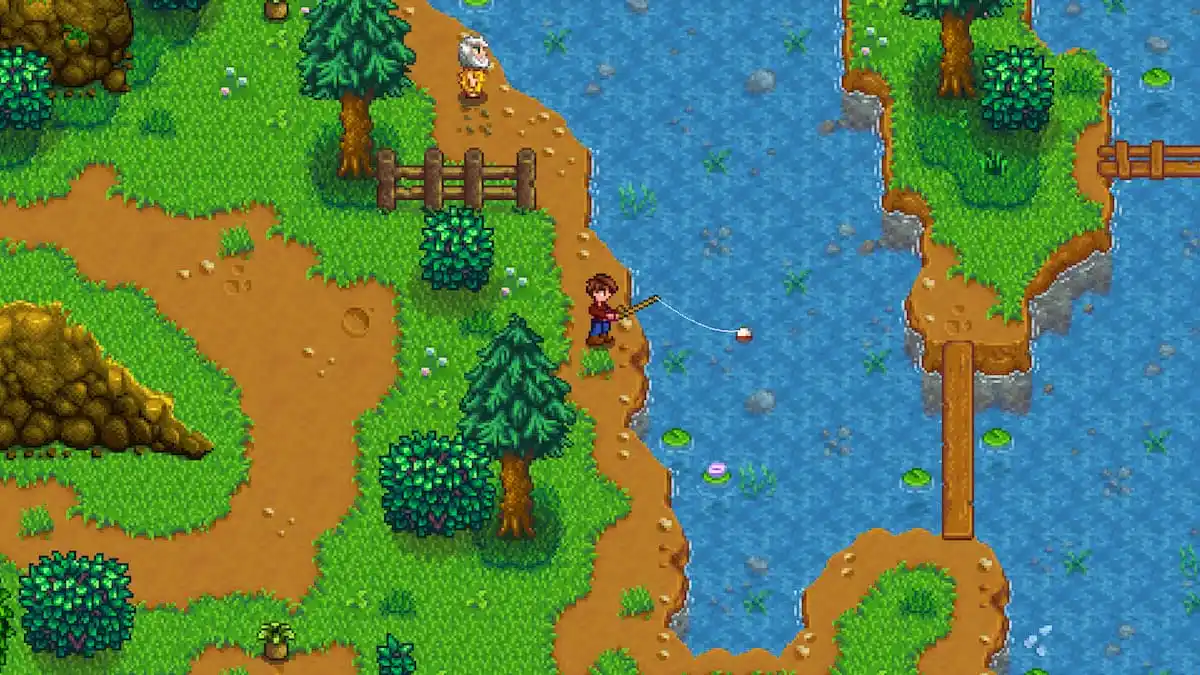
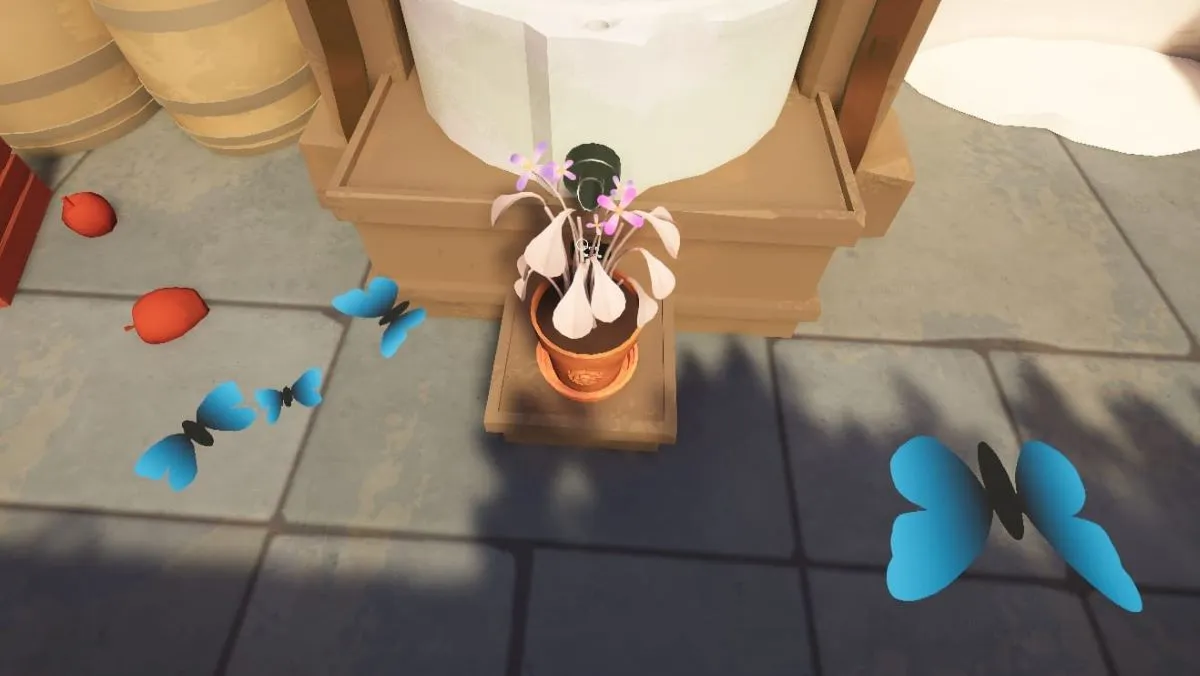
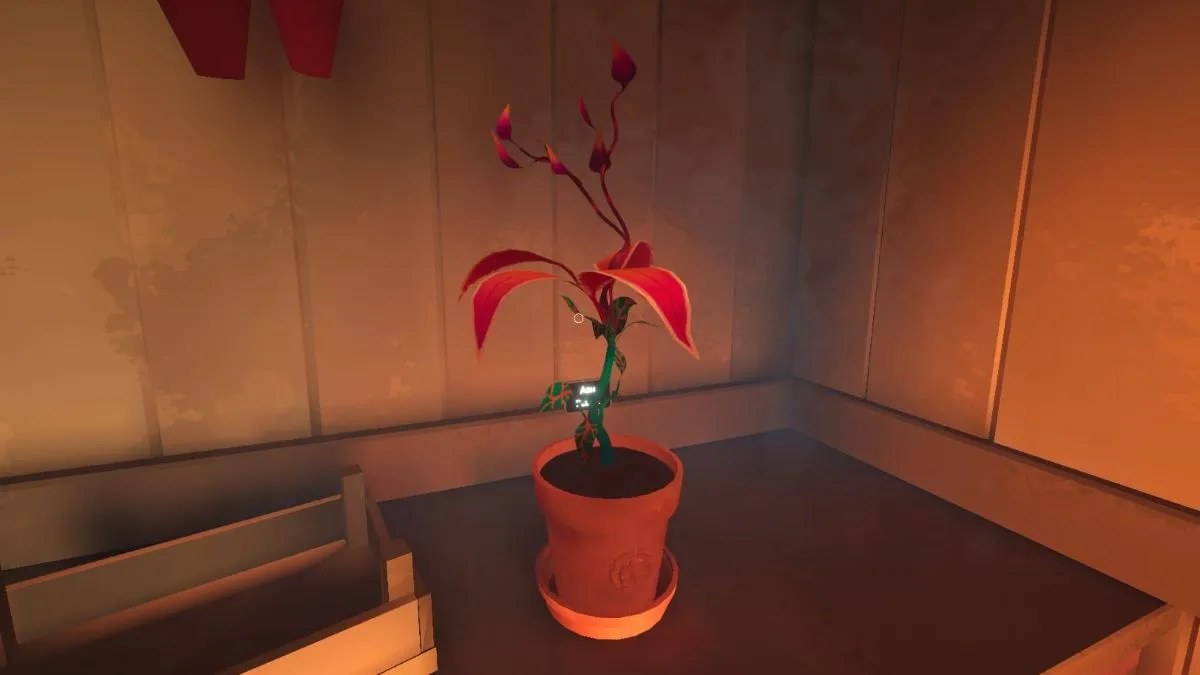



Published: Oct 16, 2013 8:00 PM UTC